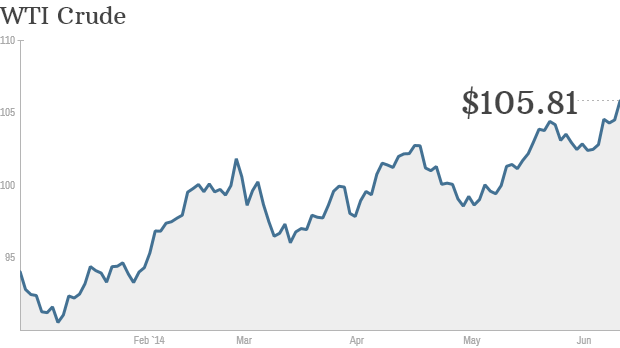NEW YORK (CNNMoney)
Yes, $6,800.
It won't be a tiny little deathtrap, either. It'll have a five-star crash safety rating. At least, that's what Elio is promising.
That sounds like the wish-list of someone with zero contact with reality, but Elio Motors executives insist it's possible thanks to the car's odd lay-out and the complete lack of any new technology. Yes, these folks actually brag that their car has nothing new on it.
KBB's coolest cars under $25,000
Paul Elio, who founded Elio Motors from the crumbled remains of his auto parts design business, said this car isn't intended to replace the family car, and by the looks of it, clearly it's not.
"We want to be an 'and' not an 'or'" he said.
The Elio Motors car -- it has no model name and they plan to keep it that way -- is a three wheeler. There are two wheels out front, separated from the rest of the body, and one back wheel. The engine -- 3 cylinders producing 55 horsepower -- rides in the nose driving the front wheels.
The weird three-wheeled shape optimizes aerodynamics by cutting way down on frontal area and giving the car a nearly ideal "teardrop" body. Having only three wheels also allows the Elio car to be, in legal terms, a motorcycle.
That should let the company skate by on much looser safety requirements. But, Elio insists, they don't plan on taking advantage of that loophole. The car will be tested in regular automobile crash tests and, they insist, it will get top marks.
The prototype car I drove didn't feel like anything anyone would want to buy. But, it must be pointed out, it really was a prototype. It was noisy -- like sitting inside a blender -- had a harsh ride and didn't feel like it was particularly well put together. That's what you get with prototypes.
Most importantly, the engine was not the final production engine. Rather, it was one "borrowed" from an old three-cylinder Geo Metro subcompact. The new engine will be designed and built specifically for the Elio, and it's supposed to have advanced features like variable valve lift and timing.
Elio Motors says it's keeping prices low and chances for success high by keeping things simple. All the parts are being made by established automotive suppliers. The cars will be built in a factory that used to make Hummer H3s and Chevrolet trucks. Even the manufacturing process has been simplified, company executives say. The cars will be built with no options. Most options will be added on after the car is built.
The Elio reminded me of another car: the now defunct Aptera.
The Aptera was an electric car that also used a three-wheel design. It looked like a private aircraft fuselage that was driving itself to the airport. I drove the Aptera back in 2010. That was after years of starts, stalls as the company tried to actually produce its revolutionary new vehicles.
Then, less than a year after I tested the car, Aptera went down for the final time, never having made it to market.
On the other hand, while the Elio car seems crazy and weird, Tesla (TSLA) seemed like a long shot to me once, too. The fact remains, though, start-ups in the auto business have a tough road of them.
First Published: June 26, 2014: 10:31 AM ET
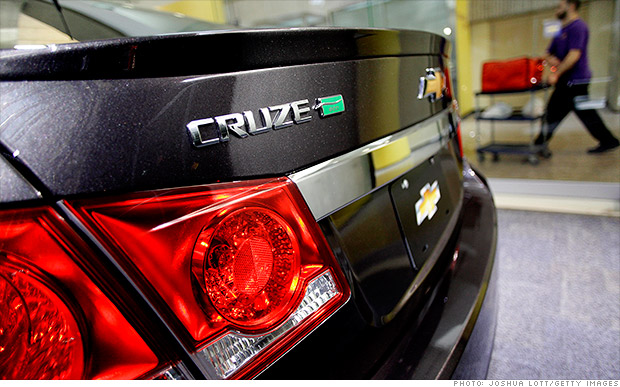 GM is preparing to recall some newer Chevrolet Cruze cars for an airbag issue.
GM is preparing to recall some newer Chevrolet Cruze cars for an airbag issue. 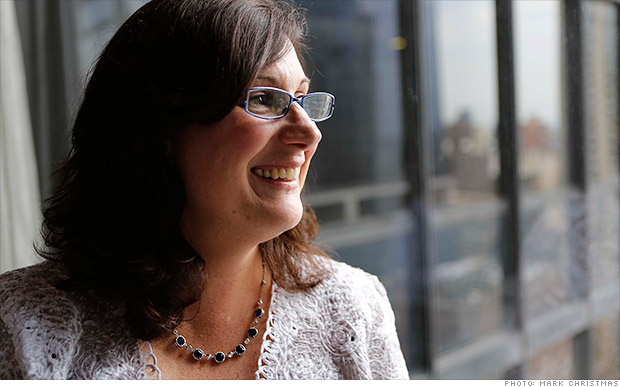 Mary Galligan used to work for the FBI. She shares her tips on how to protect your privacy and online identity.
Mary Galligan used to work for the FBI. She shares her tips on how to protect your privacy and online identity. 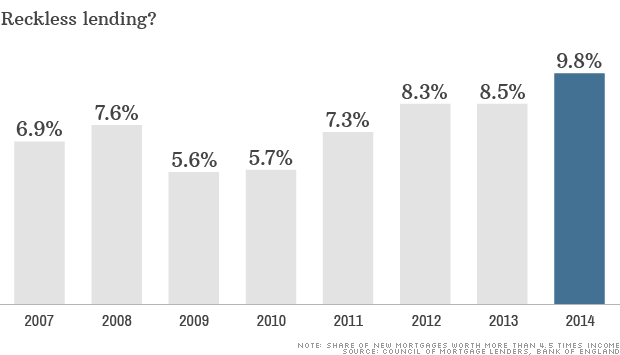
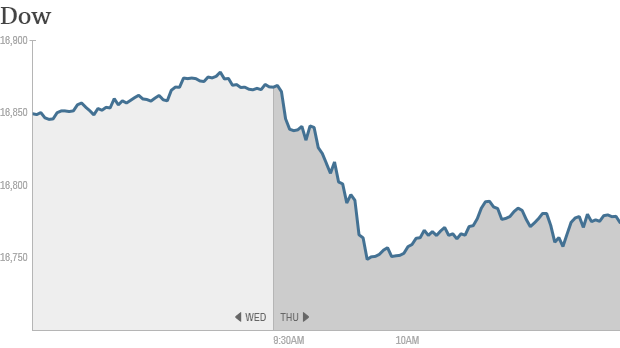
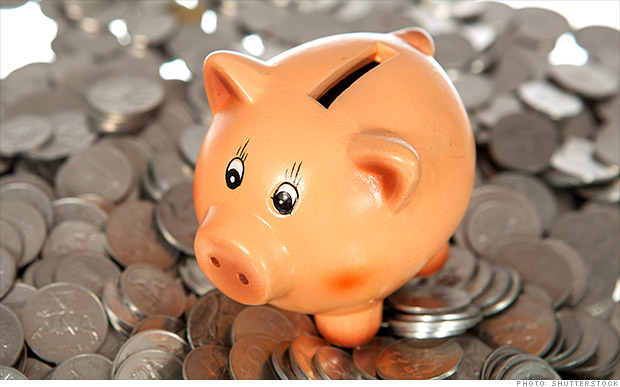
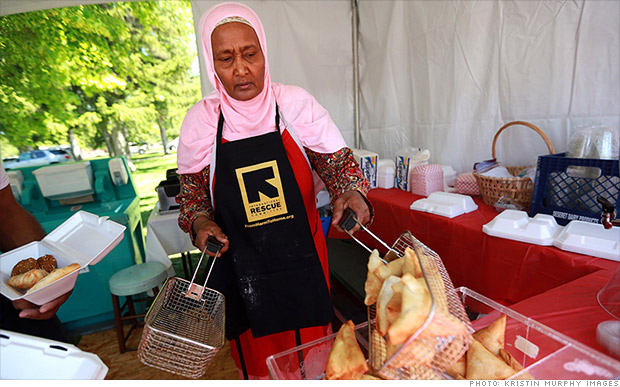 Muna Ali, a refugee from Sudan in Spice's inaugural class, serves food at the World Refugee Day in Salt Lake City.
Muna Ali, a refugee from Sudan in Spice's inaugural class, serves food at the World Refugee Day in Salt Lake City. 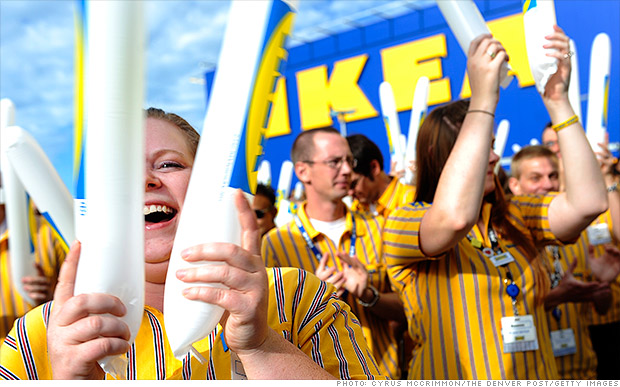 Ikea plans to increase the minimum wage for its U.S. workers, who are seen here celebrating a store opening in Colorado.
Ikea plans to increase the minimum wage for its U.S. workers, who are seen here celebrating a store opening in Colorado. 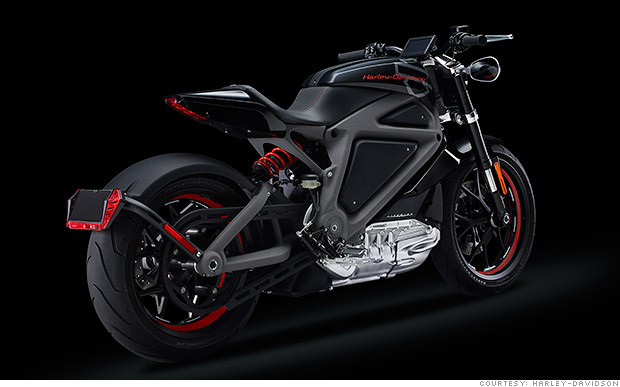 Harley-Davidson unveiled the first electric motorcycle in its 111-year history.
Harley-Davidson unveiled the first electric motorcycle in its 111-year history. 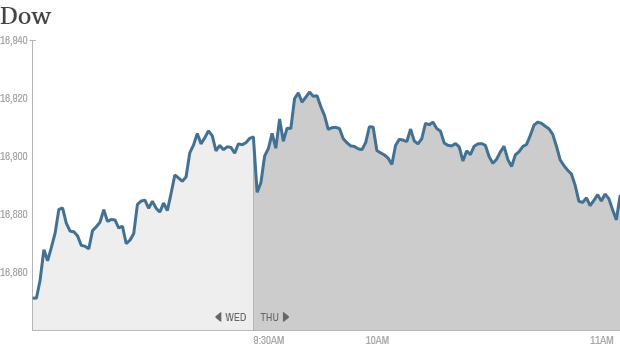 Click for more market data.
Click for more market data. 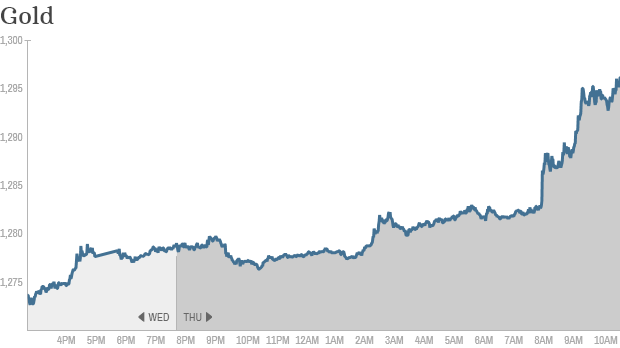
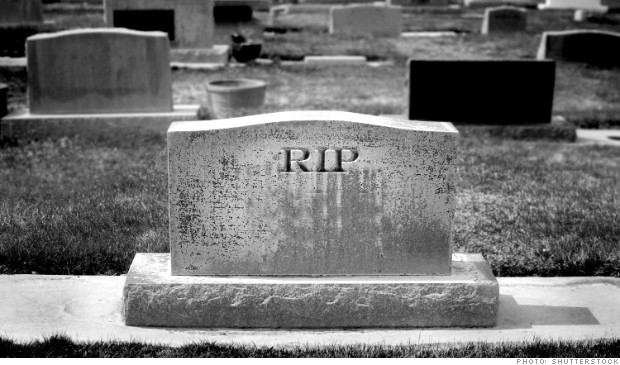 If your parents die before paying off their debts, you may worry creditors will come after you. Usually they can't, but not always. The rules are complex and much depends on state law.
If your parents die before paying off their debts, you may worry creditors will come after you. Usually they can't, but not always. The rules are complex and much depends on state law. 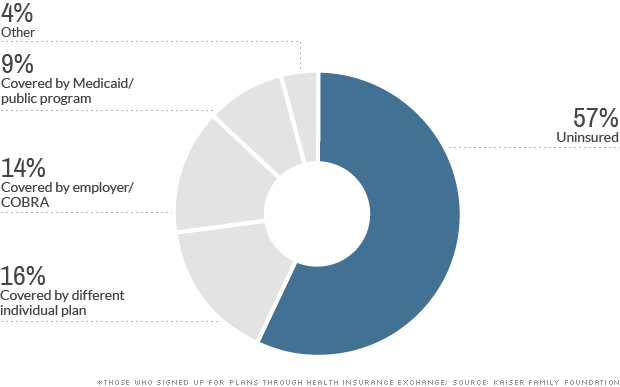
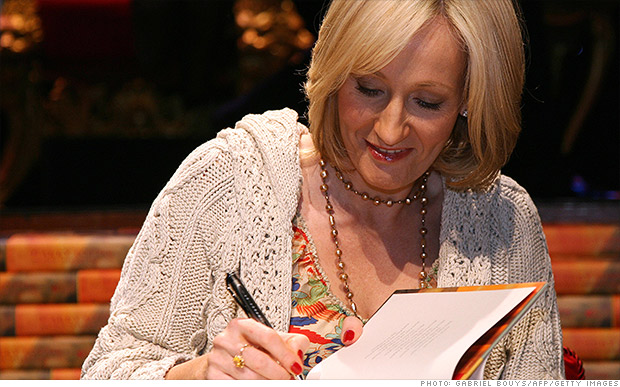 Sales of J.K. Rowling's latest book, "The Silkworm" are being hindered by Amazon
Sales of J.K. Rowling's latest book, "The Silkworm" are being hindered by Amazon 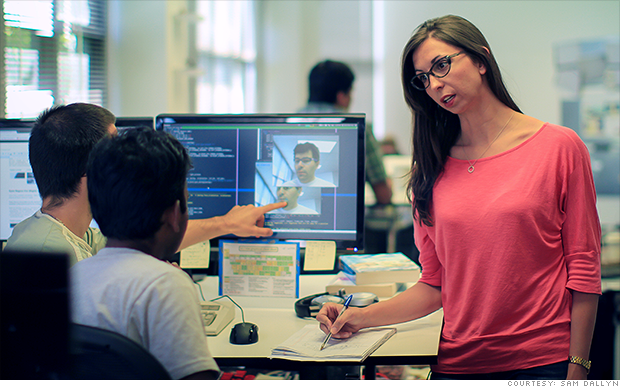 Kate Doerksen looks at Ditto's site with an employee.
Kate Doerksen looks at Ditto's site with an employee. 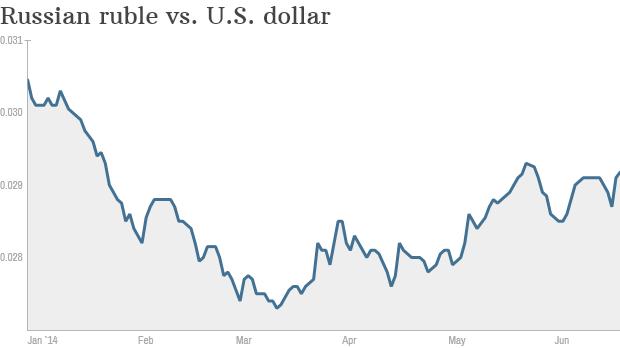 Russia's stock market and currency has bounced back since mid-March.
Russia's stock market and currency has bounced back since mid-March. 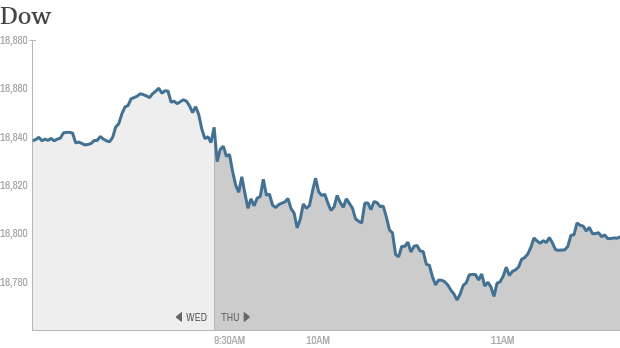 Click for more market data.
Click for more market data. 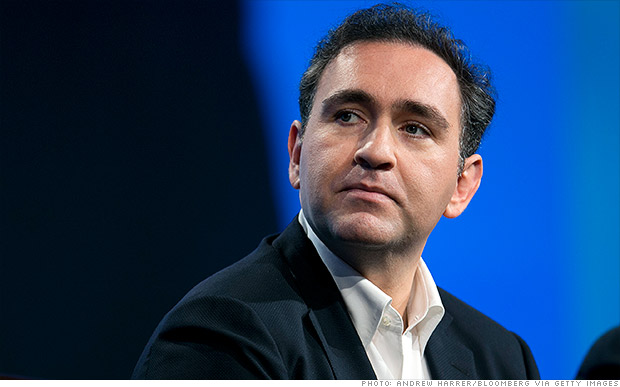 Twitter COO Ali Rowghani resigned after failing to significantly grow user numbers.
Twitter COO Ali Rowghani resigned after failing to significantly grow user numbers. 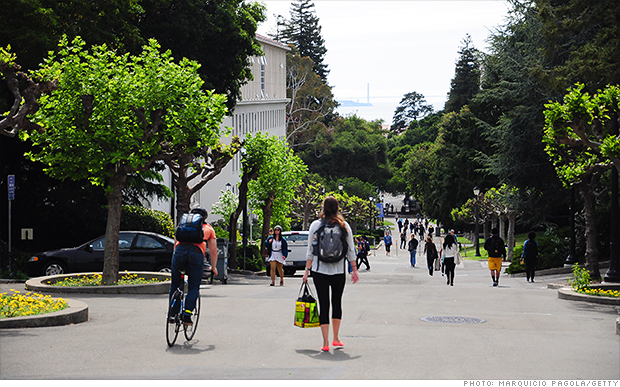 The University of California at Berkeley said it plans to increase the percentage of out-of-state students it accepts to 23% from 20%.
The University of California at Berkeley said it plans to increase the percentage of out-of-state students it accepts to 23% from 20%. 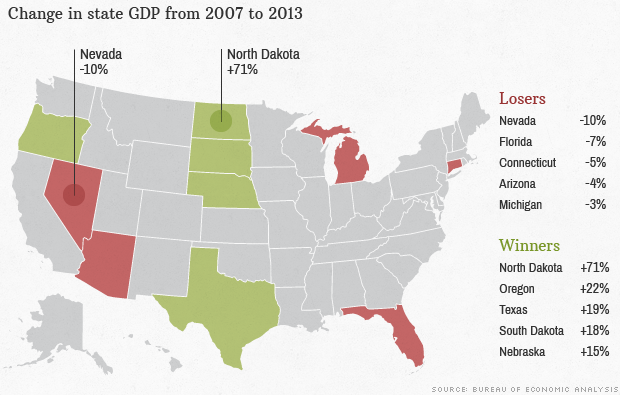
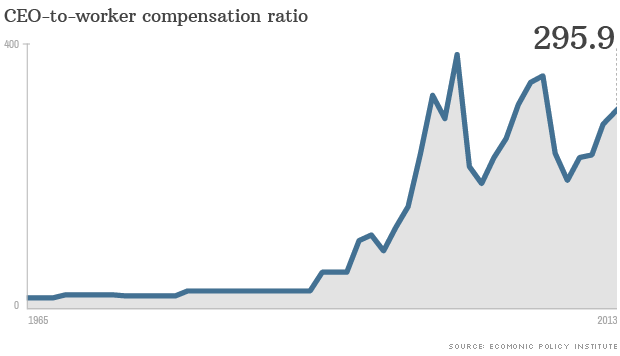 CEO pay was 295.9 times workers' earnings in 2013.
CEO pay was 295.9 times workers' earnings in 2013. 